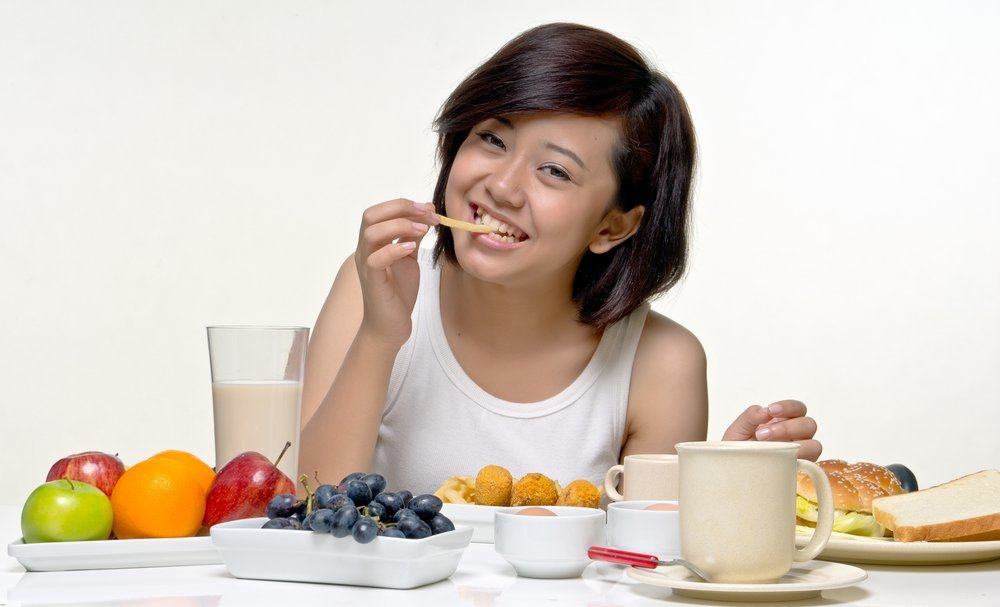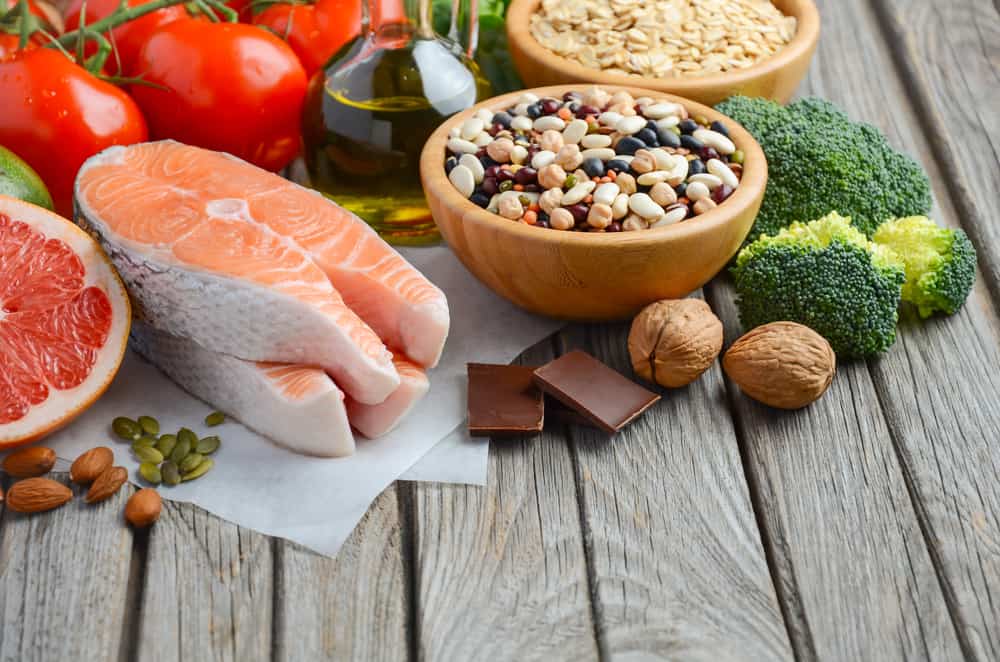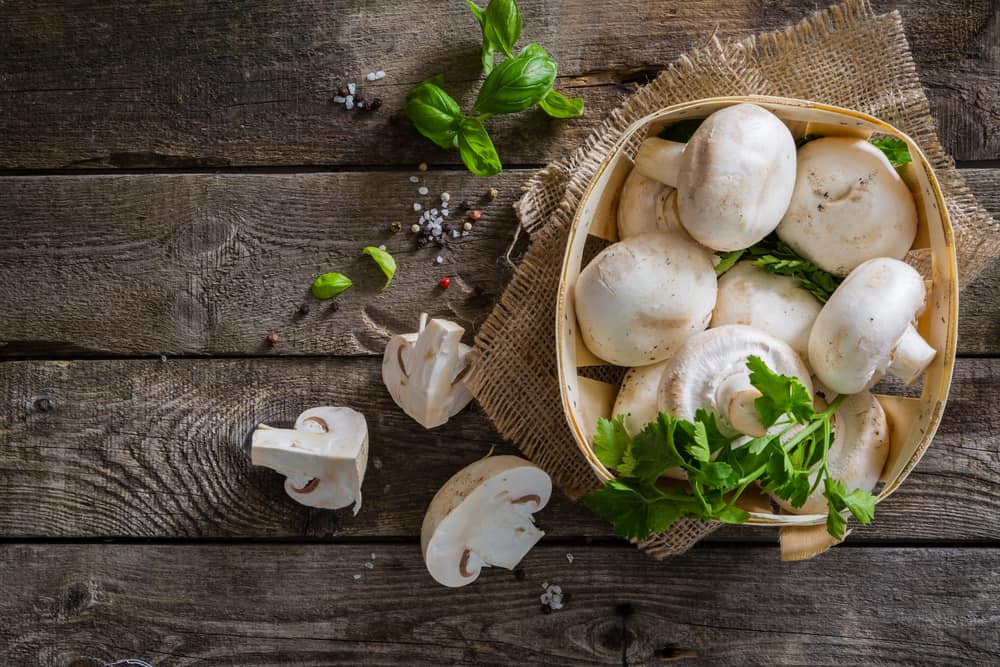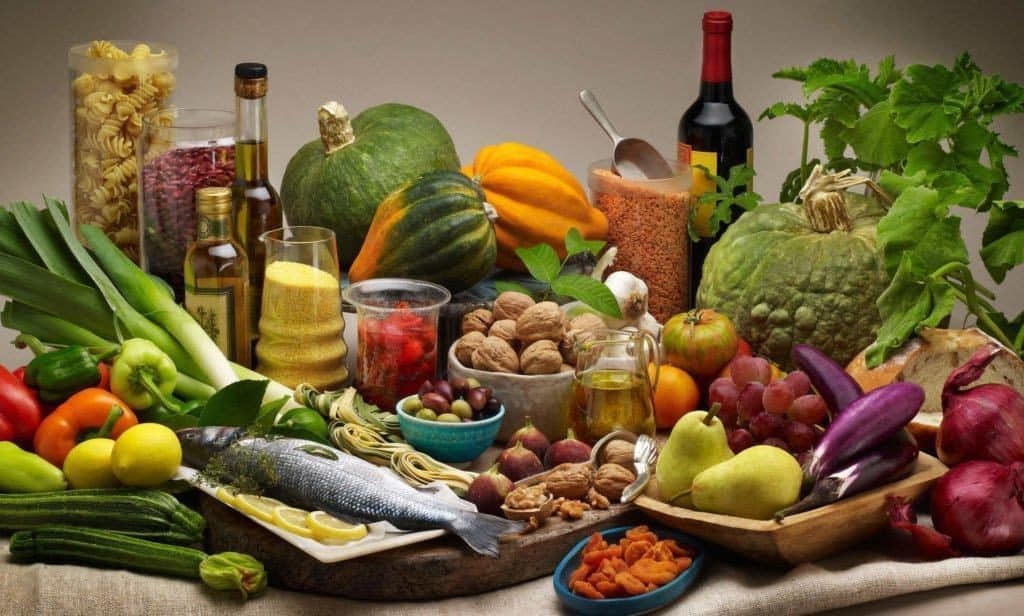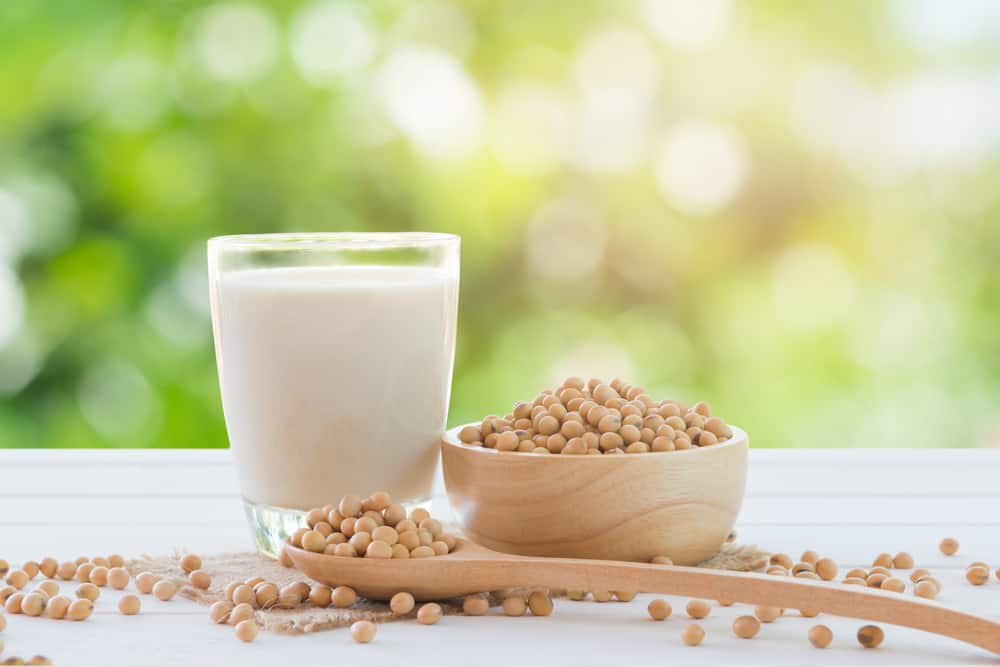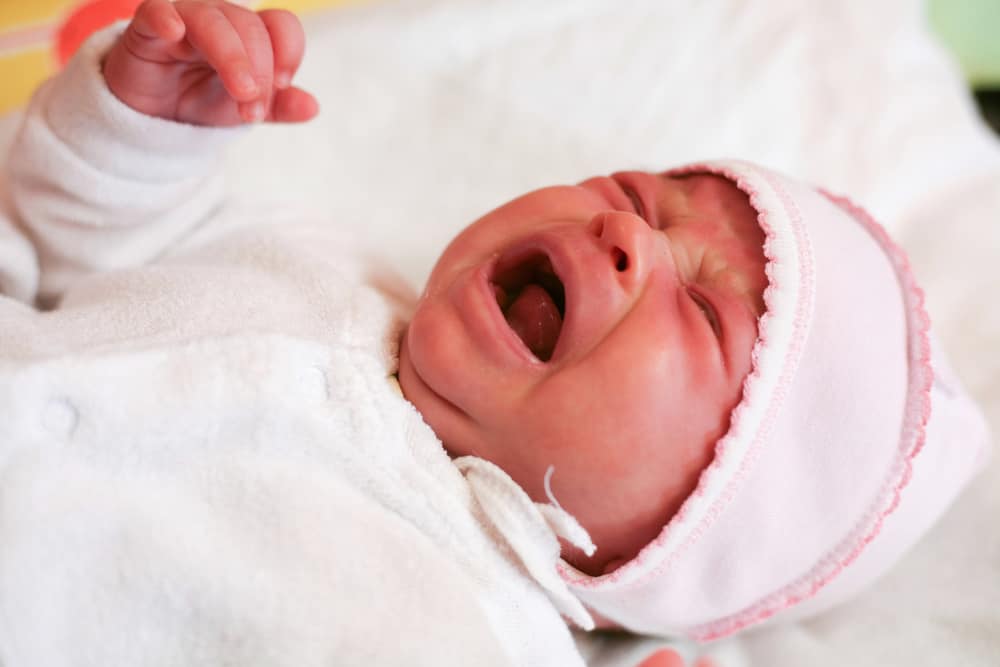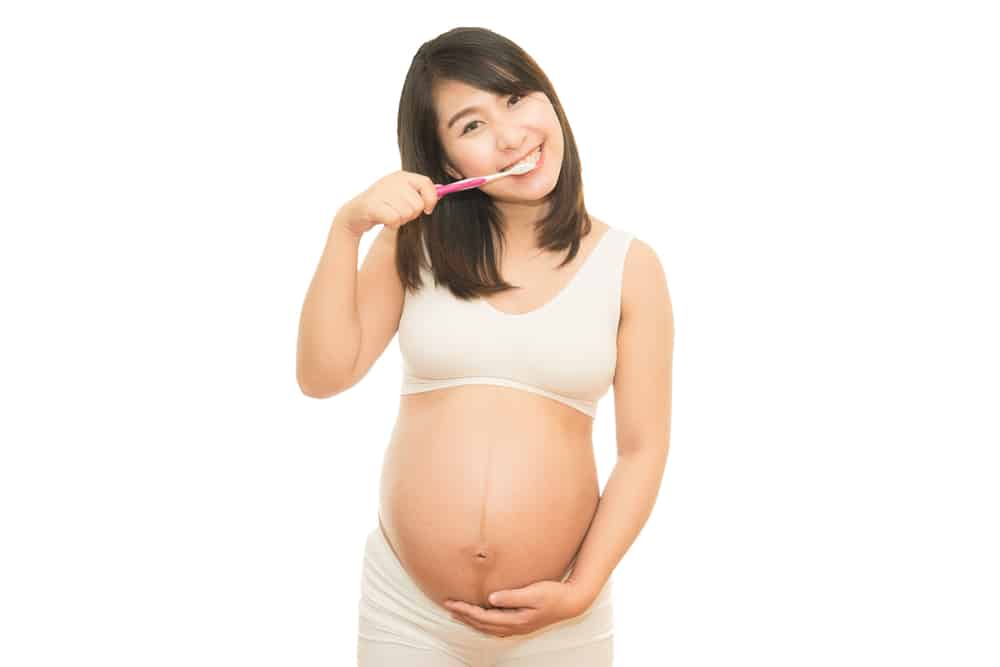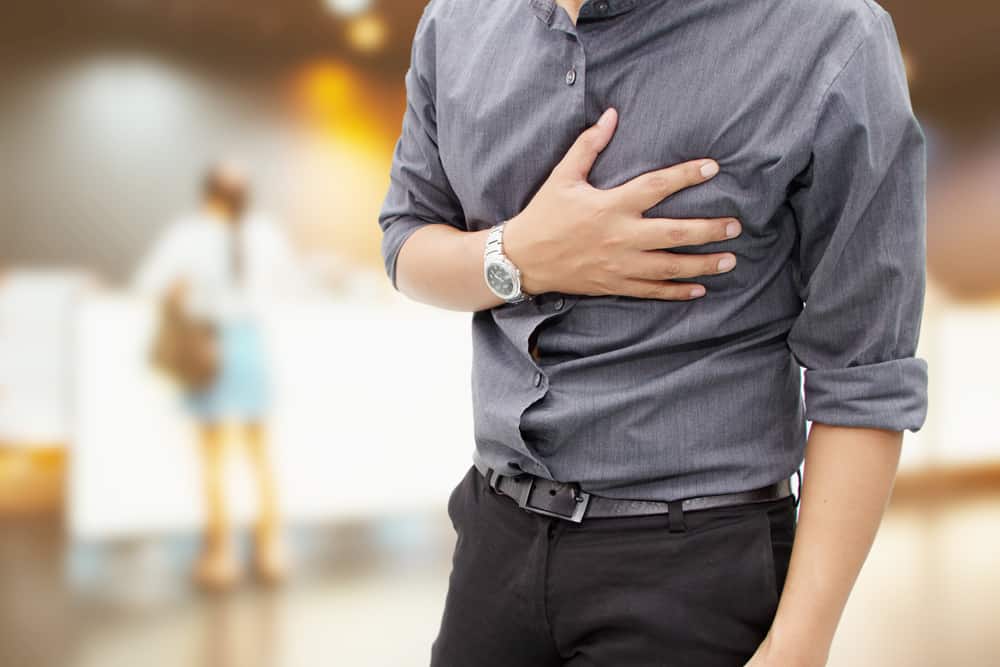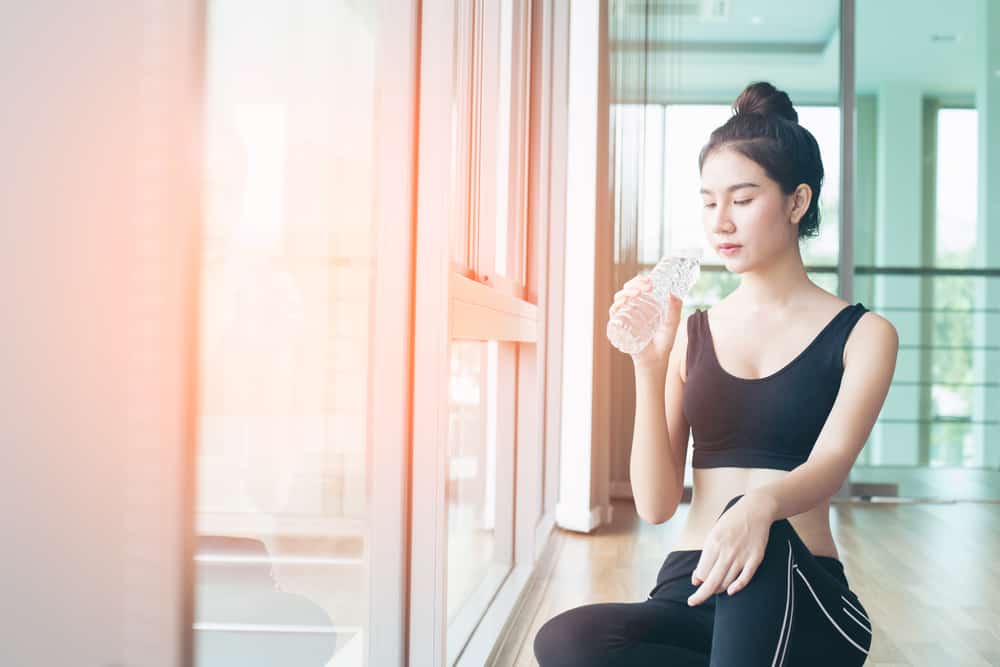Contents:
- Medical Video: Mayo Clinic Minute: Female athletes may need more iron
- Why is iron so important for teenage girls?
- How much iron needs for young women?
- Where can I get iron?
Medical Video: Mayo Clinic Minute: Female athletes may need more iron
Iron is one of the essential nutrients of various proteins and enzymes involved in metabolism, such as in oxygen transport, energy metabolism, antioxidant function, and DNA synthesis. Meeting iron needs in the body can improve achievement in school and in sports.
Adolescence is a period of transition from children to adults where the need for nutrients for the body increases. One of the nutritional needs that increases during this period is iron, especially for young women.
Why is iron so important for teenage girls?
Young women experience menstruation every month, which means that the body will lose iron through the blood that comes out during menstruation every month. This is why iron requirements in female adolescents are greater than for adolescent boys. High iron needs are needed by the body to compensate for iron loss during menstruation.
According to WHO, adolescent girls experience iron loss of 12.5-15 mg per month or 0.4-0.5 mg of iron per day due to menstruation. Therefore, iron reserves in the body in female adolescents are fewer compared to male adolescents. High iron needs are also needed to expand blood volume because at a young age there is very rapid growth.
To replace iron loss during menstruation, you must consume lots of foods that are high in iron. If your iron needs are not met, then you are at risk of experiencing iron deficiency and can lead to iron deficiency anemia. Iron deficiency anemia can occur when iron reserves in the body run out and absorption of iron from food is minimal, so the body produces less red blood cells. Anemia in adolescence can interfere with physical and immune growth.
It's no wonder that many young women experience anemia because of their high iron requirements and are supported by poor eating habits. As many as 22.7% of adolescents aged 13-18 years in Indonesia experience anemia, whereas for male adolescents it is 12.4%, based on 2013 Basic Health Research.
How much iron needs for young women?
Iron requirements for female adolescents have increased before he first menstruated. This need increases as a preparation for the occurrence of the first menstruation and for the next period. This iron requirement continues to be high until young women enter the age of menopause where menstruation no longer occurs.
To meet the needs of iron needed by the body, the Ministry of Health through the 2013 Nutrition Adequacy Rate (AKG) advises girls to consume iron according to their age, namely:
- Age 10-12 years is 20 mg / day
- The age of 13-15 years is 26 mg / day
- Ages 16-18 years old at 26 mg / day
Where can I get iron?
Teenage iron needs increase due to rapid growth. Teenage girls have a high risk of anemia because of lack of iron intake, especially for heme iron intake. What is heme type iron?
You need to know that iron is divided into two forms according to the absorption mechanism, namely iron, heme and nonheme types. This iron heme type is higher in absorption by the body compared to nonheme type iron. For example, meat containing heme types of nutrients, the average iron that can be absorbed by the body from it is 25%.
Examples of food sources of heme iron:
- Meat
- Fish
- Chicken
Examples of food sources of nonheme nutrients:
- Egg
- Milk and dairy products, like cheese
- Wheat
- Bean
- Spinach
- Red beans
- Almond
- Cashew nut
To help the body absorb the iron in these foods to the maximum, we recommend following these tips:
- Iron-containing food sources should be eaten along with food sources of vitamin C. Nonheme iron absorption by the body can be increased by consuming it with food sources of heme iron or vitamin C. Foods that contain vitamin C, such as oranges, strawberries, tomatoes, and vegetables leafy green.
- Foods that contain heme iron if eaten together with nonheme iron foods can also increase the absorption of nonheme iron in the body. Eating foods that contain heme iron, nonheme iron, and vitamin C in one meal can meet your iron needs per day. For example, eating rice with side dishes of meat, spinach, and accompanied by orange ice drinks.
- If you take calcium supplements, you should not be accompanied by taking iron supplements at one time because your body will absorb these two nutrients better if consumed separately.
- Avoid eating sources of iron or iron supplements along with drinking caffeinated drinks, such as coffee, tea, and soda. Caffeine can interfere with the absorption of iron in the body.
READ ALSO
- Diet for People with Iron Deficiency Anemia
- How Much Calcium Does a Teenager Need in a Growth Period?
- Foods Needed for Young Men Growth

